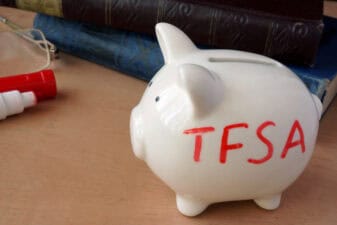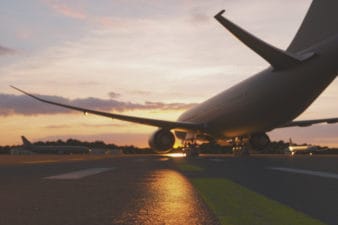Many Canadians would rather do something else than spend a lot of time managing their investment portfolios in retirement. If that’s you, here are two types of passive retirement portfolios for your reference.
A stock and bond ETF portfolio for passive investing
Canadian Couch Potato provides two model portfolios with stocks and bonds exposure for passive investing. The idea is to buy two exchange-traded funds (ETFs), each providing wide exposure to either stock ETFs or bond ETFs. The portfolio is so simple with two ETFs that you can easily tweak or re-balance the components of your portfolio. Most of the time, you’re sitting on your investments. You only need to make a move if you’re re-balancing the portfolio.
The traditional investment portfolio has 60% weight in stocks and 40% in bonds. However, as investors near retirement, they might want to reduce their risk by reducing their stock exposure and consequently increasing their bond exposure.
Let’s say you have a $1,000,000 investment portfolio, and it was 60% ($600,000) in iShares All-Equity ETF Portfolio (TSX:XEQT) and 40% ($400,000) in iShares Core Canadian Universe Bond Index ETF (TSX:XBB). When you’re near retirement, you can transition $400,000 out of the equity ETF to switch to the bond ETF. The result would be a 20% exposure to the equity ETF and 80% exposure to the bond ETF.
In real application, it would be more complicated than that. For example, you could have multiple accounts, like RRSPs/RRIFs, TFSAs, and taxable accounts. Additionally, you’d need to account for the withdrawal or drawdown rate. It’d be smart for retirees to have one to three years of living expenses in cash and cash-like investments, such as savings accounts and GICs, to allow their long-term investments to ride through financial market volatility, including market crashes.
Building a well-designed dividend portfolio way ahead of retirement
The advantage of having a dividend portfolio is that you can get rising dividend income that beats inflation. Additionally, the stock market provides opportunities to buy stocks on sale from time to time. At any time, you will probably find some stocks that are relatively cheap. It’s a matter of the magnitude of discounts and the variety of stocks available at a time.
The best buying opportunities are during market-wide crashes. During the onset of the pandemic in 2020, the market crashed, as people feared about the impacts of the pandemic. In fact, no one knew how bad it could be. The uncertainty made a lot of quality dividend stocks on sale for long-term investing.
In the short term, the stocks could easily go lower, but for the dividend stocks you buy at those times, you should have strong confidence the businesses will survive and thrive in the long run. Those are the wonderful dividend stocks you should buy and hold for your investment portfolio that you plan to hold through retirement. Some solid dividend-growth stocks you might trust may be Toronto-Dominion Bank, Fortis, and TELUS.
If you have a basket of quality stocks that you bought at low prices over the years during market corrections, and they pay safe and growing dividends, you can very well hold them through retirement.
Some retirees are able to live on dividend income without having to sell any shares of their stocks. They can enjoy passive income and passive investing. However, if you know you’ll need to sell some assets, you should take a more active approach and aim to sell at high valuations while keeping income taxes in mind.








